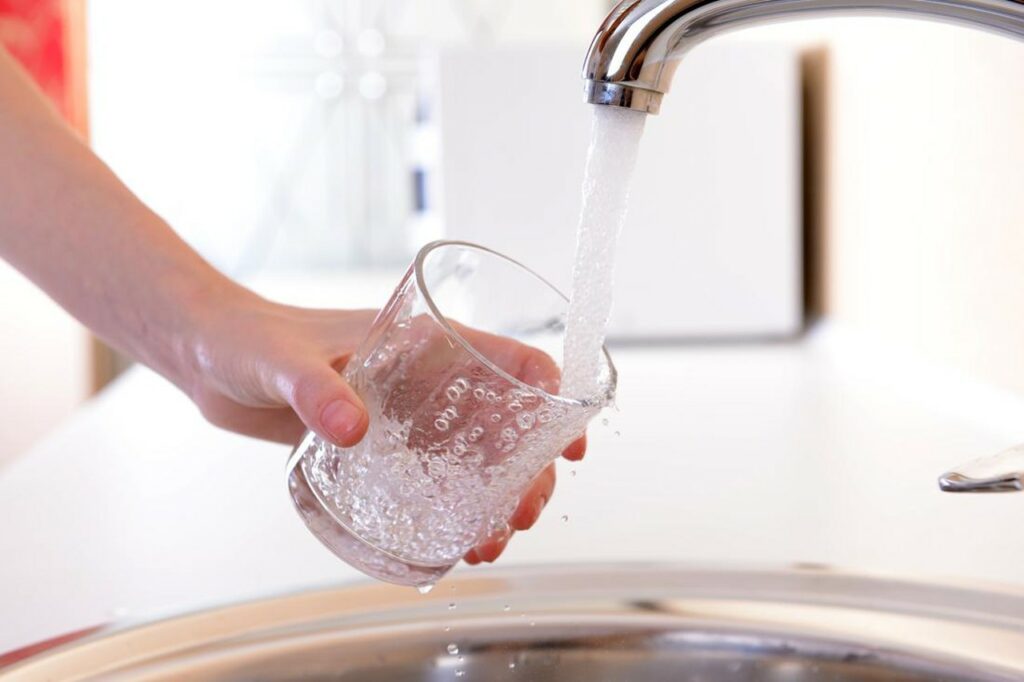One in six analyses of drinking water in Flanders found that concentrations of the man-made chemical PFAS were above the safety limit set by the European Food Safety Authority (EFSA). However purifying the water will cost millions of euros, which would likely increase bills.
Per- and poly-fluoroalkyl substances (PFAS) chemicals are also referred to as "forever chemicals" as they do not break down in the environment or the human body. Dangerous levels of these harmful substances raised alarm in 2021, after large amounts of the chemicals were discovered in 2018 in the soil near the 3M site in Zwijdrecht, where the substance was produced.
PFAS have been linked to various health problems, from cancer to brain damage. They have been detected in soil and food as well as in drinking water. At the end of last year, concerns were raised about whether drinking water provided by the Brussels water company Vivaqua was safe to drink.
Figures from the Flemish Environment Agency (VMM), reported on by De Tijd, have now highlighted the problem in Flanders. One in six drinking water samples did not meet the strictest PFAS standards. VMM used the EFSA standard, which focuses on the four main and most harmful types of PFAS (PFOS, PFOA, PFHxS and PFNA).
Differences per area
The threshold for PFAS is set at a (combined) 4 nanograms per litre of drinking water. This was exceeded in 16.1% of tap measurements and analyses – one in six samples – in 2022. Medical tests have revealed high levels of PFAS in the bodies of most people living in Flanders.
The contamination differs per area: water in the Halle area measured an average of 20 nanograms per litre in 2022, though some tests revealed more than 50 nanograms per litre – 12 times more than recommended safe levels. PFAS concentrations also exceeded safety limits in the Brussels periphery, Leuven and its surroundings, large parts of East Flanders and eastern Limburg.
Somewhat surprisingly, the threshold was not breached around the 3M factory in Zwijndrecht. This is likely because providers of drinking water here draw their water from the Albert Canal, which has largely been spared from PFAS pollution.
Related News
- 500 times more PFAS in blood of 3M worker than EU standard allows
- Belgium to bring in stricter rules for PFAS and perchlorate
At the request of the Flemish government, the sector is working on an action plan to reduce the PFAS concentration. The plan, including a concrete estimate of costs to purify the water, should be finished by the end of this year. But it is clear that bringing PFAS within safe levels will be a challenge as the technology to remove the chemicals is not fully developed and expensive, incurring multi-million-euro costs to sufficiently purify the drinking water. This will likely increase consumer bills.

